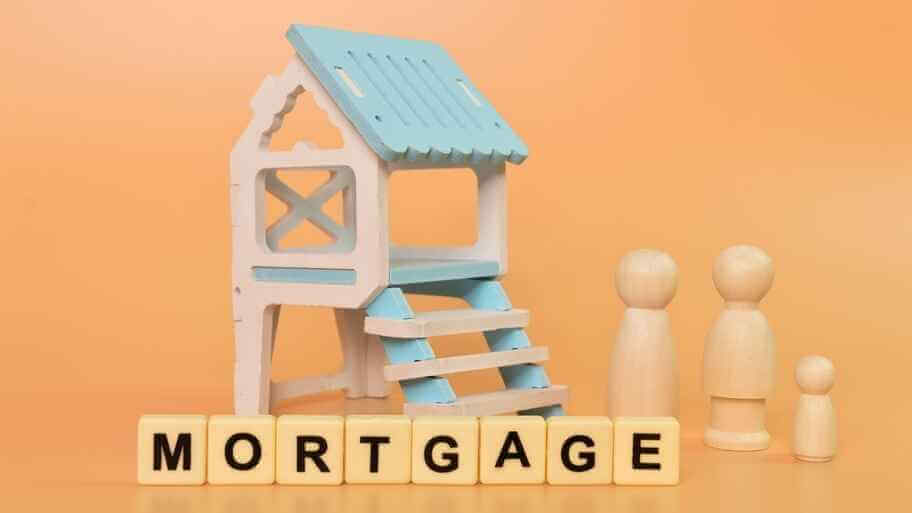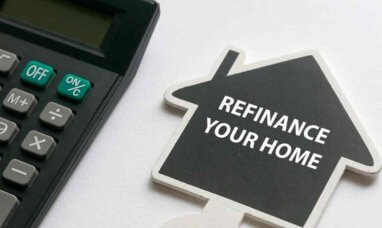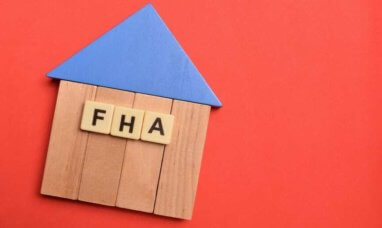There’s nothing more exciting than starting the search for your dream home. What could be better than having your own slice of the American dream?
If you’re serious about buying a home soon, you’ll need to work with a lender to get a mortgage preapproval letter first. Having this letter greatly improves the chance of your offer being accepted by a seller.
Most sellers want offers coming from preapproved buyers because a preapproval letter is proof that a buyer can obtain financing to purchase the home. Being preapproved also greatly minimizes your risk of encountering hiccups along the way to homeownership.
Ready to get preapproved but don’t know where to start? You’ve come to the right place!
Our checklist provides all the critical details about what you need to get preapproved for a mortgage.
Is Preapproval the Same as Pre-qualification?
During the process of getting approved for a mortgage loan, you’re likely to come across all sorts of new terms and phrases. Two that you will undoubtedly hear (or read) are ‘preapproval’ and ‘pre-qualification.’
While these terms are sometimes used interchangeably, they refer to different processes.
A mortgage pre-qualification is when you meet with a lender to get a general idea of how large of a mortgage you can afford. The lender will discuss your income, assets, debts, and credit to help you figure out a price range that you can comfortably afford.
On the other hand, preapproval shows that your lender deemed you a serious, worthy buyer. You can’t put an offer on a home without first having a preapproval letter.
Benefits of Getting Preapproved
Before you start the house-hunting process, one of the first things you’ll want to do is get preapproved for a home loan. Getting preapproved for a mortgage is proof that a lender has approved you for a specific loan amount and purchase price.
Getting preapproval is beneficial as you can figure out how large of a mortgage loan you can get. This makes it easier to set a price point so that you can find a home that meets your budget.
Other benefits include:
-
-
- Giving you confidence in your ability to obtain home financing
- Showing your creditworthiness to sellers
- Speeding up the process so you can get to closing faster
-
While you may be less than excited to fill out even more paperwork, getting preapproved offers all sorts of advantages. Taking some time early on can save you weeks of delays in finally closing on your new home.
Keep reading for information about how to get a preapproval letter for a mortgage.
The Preapproval Process
The mortgage preapproval process isn’t as bad as you may think. First, you’ll need to fill out a mortgage loan application with your preferred lender.
Most lenders allow customers to complete these forms entirely online, as well as over the phone or in person.
You can apply for preapproval with any lender. You also have the option of getting preapproved by several lenders. This allows you to shop around and find the best mortgage loan offer.
On average, it takes about 15 minutes to complete a mortgage loan application. The form, known as Form 1003, asks for personal, financial, and loan information.
After filling out the form and submitting it, your lender will pull all three of your credit reports. Your lender will then analyze your credit scores along with your credit history.
Mortgage Loan Preapproval Documents Checklist
When submitting your mortgage loan application, you’ll need to provide all sorts of documentation. These documents are required to verify the personal and financial information that you put on your mortgage application.
Lenders typically need the following documents before you can be preapproved for a mortgage:
-
-
- Documents that verify your identification, such as a Social Security card, passport, or driver’s license
- Last two years’ W2 and 1099 forms
- Profit and loss statement (if self-employed)
- Pay stubs for the last 30 days (if applicable)
- Last two years’ tax returns
- Statements from asset accounts, including bank and retirement accounts
- Divorce decree or separation agreement (if applicable)
- Landlord contact information for last two years (if you’re a renter)
-
Collecting these documents before filling out a mortgage application helps to speed up the process.
Some lenders may be able to get some of these documents directly from your bank or employer. However, it’s best if you provide everything to ensure that the documents are correct and complete.
Lender Review and Approval
After filling out an application and providing the required documents, the final step in the preapproval for a mortgage process is the lender’s review and approval.
All of the information you’ve provided is sent to underwriting. Most lenders use a universal underwriting system that provides a computer-generated decision.
The process typically takes a few hours to a few days, depending on how busy your lender is.
Begin Your House Hunt
Once your lender preapproves you for a mortgage, then comes the fun part: house shopping!
When browsing homes in your area, only look at those listed at a price below your preapproved loan amount. Looking at homes that are priced higher than the loan amount you were approved for puts you in a bind.
Unless you have the funds to cover the difference between the loan amount and the sale price, it’s best to stay below your loan range. You’d want to fall in love with a house you can afford.
Once you find the home of your dreams, have your real estate agent submit an offer. They should send your preapproval letter with the offer. From there, wait to hear back from the seller. By having an approval letter, sellers will take your offer seriously, which significantly improves the chance of it being accepted.
Final Thoughts
While getting preapproved for a mortgage does add a little more time and effort to the process of buying a home, the benefits are well worth it. Be sure that you have all of the documents you need for a preapproval letter so that you can start house hunting sooner!
Featured Image: Twenty20








